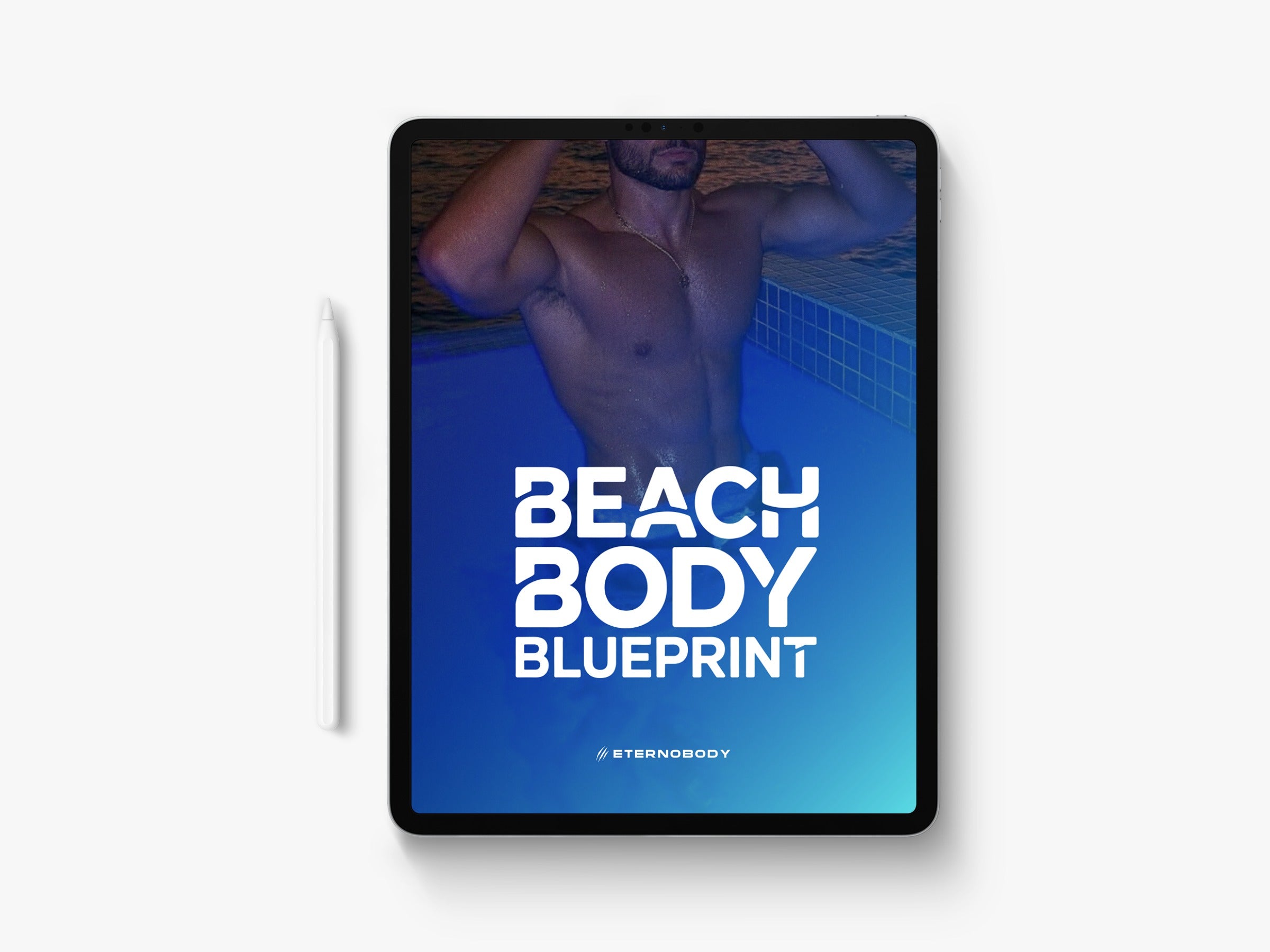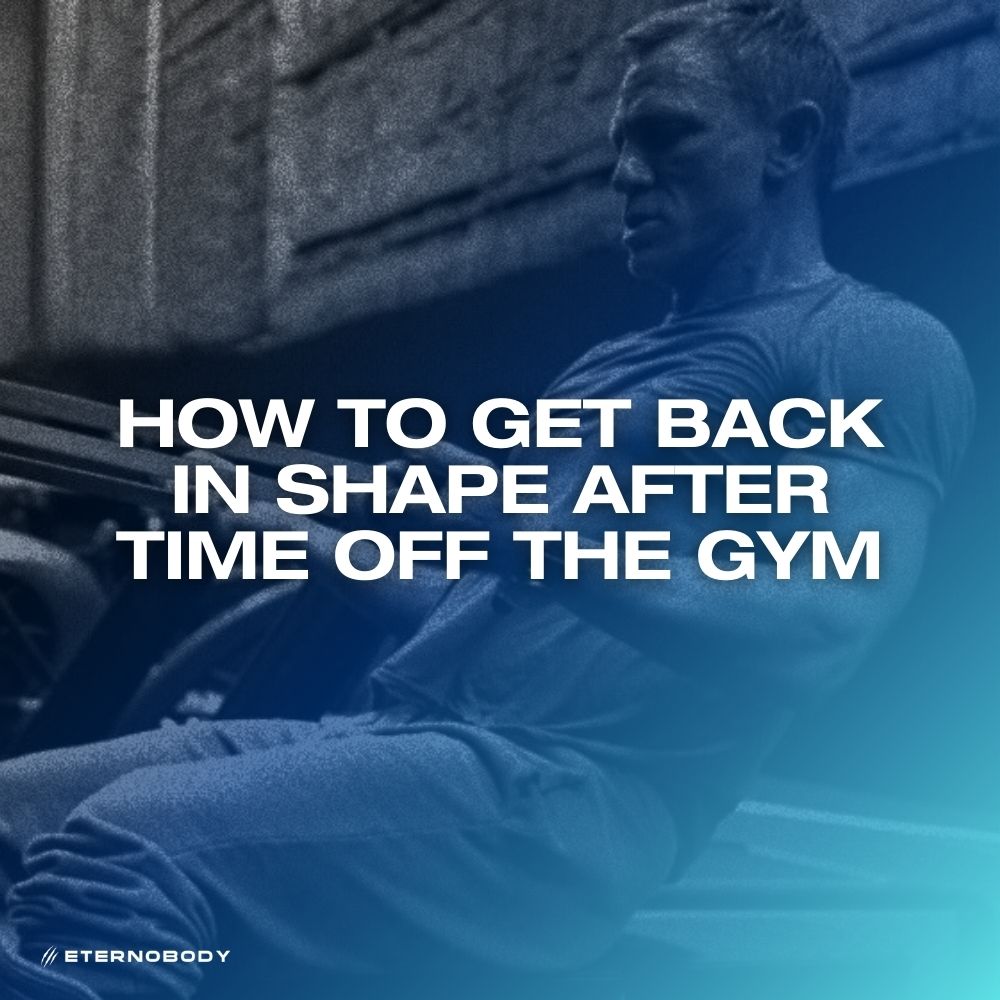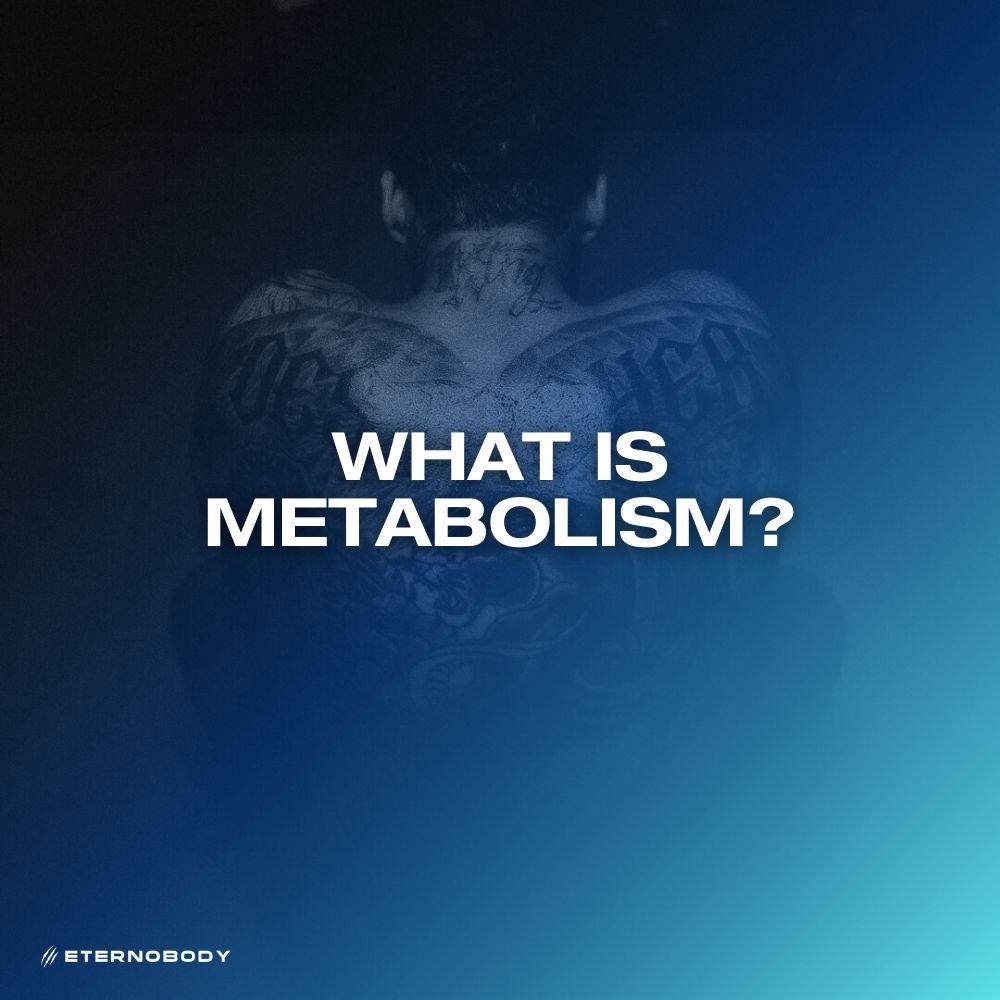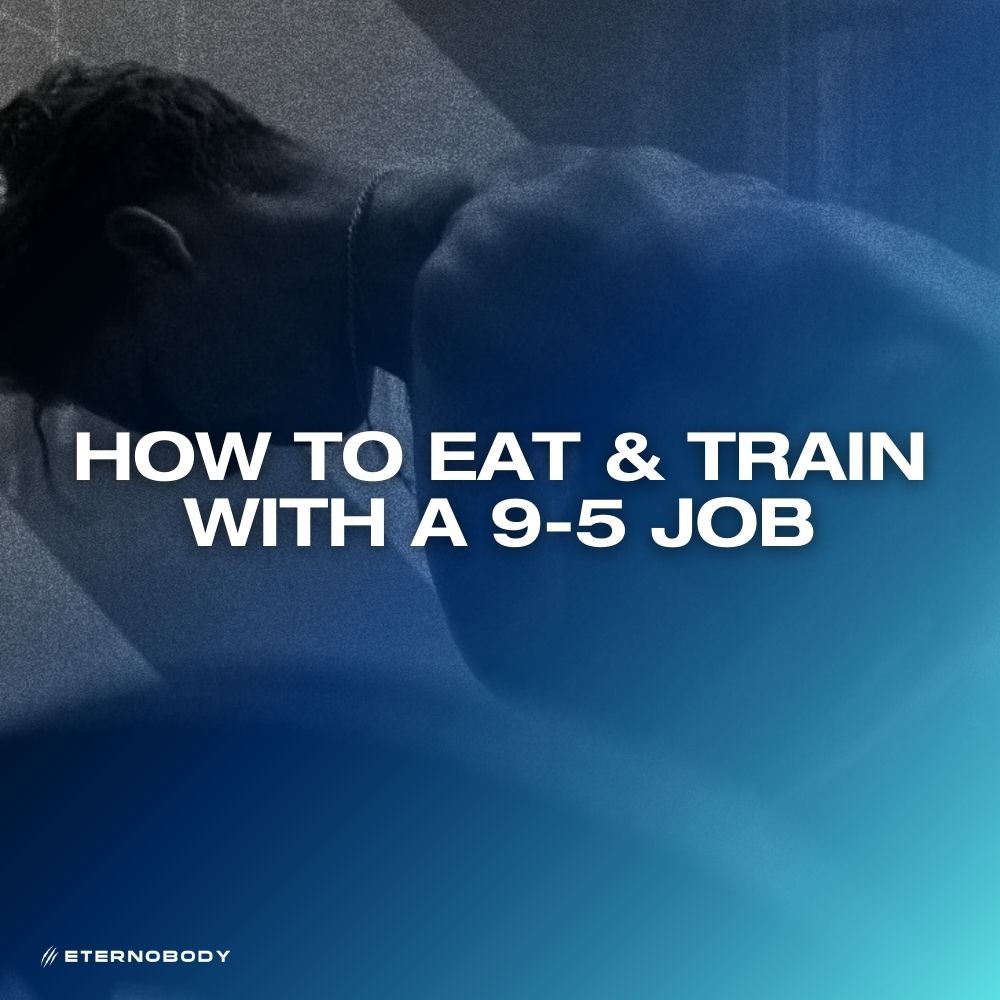
Everyone wants a visible six pack. It looks sharp and shows you take your training seriously.
But the truth is, ab training isn’t as simple as hammering crunches every day.
If you want to know what actually works and what’s just marketing hype, this guide breaks it all down for you.
SHOULD YOU TRAIN YOUR ABS?
A lot of people think ab training will burn belly fat. That’s the classic “spot reduction” myth. Research has shown that training your abs doesn’t make you lose fat from that area. A 2022 meta-analysis concluded that no matter who you are or what programme you follow, working abs won’t shrink your waist by burning fat there. Fat loss comes from an overall calorie deficit, not from hammering a single muscle group.
That’s why waist trainers and other gimmicks don’t work. They sell the idea of a slimmer waist through direct ab work or compression, but that’s marketing, not science. What really happens when you train your abs is simple. The muscle itself grows. Just like your biceps or chest, subjecting the abs to high tension makes them bigger and stronger. Over time this can actually thicken your waist, especially if you already have a wide midsection.
Some people do avoid ab work because of this, particularly men’s physique athletes who want a narrow waist. But this isn’t the whole picture. For some lifters, ab training is the difference between a flat stomach with faint lines and a six pack that pops. Whether it helps or hurts depends on your build and your goals.
WHY ABS LOOK DIFFERENT ON EVERYONE
Everyone has a six pack muscle. It’s called the rectus abdominis. Whether it shows or not depends mainly on body fat. The saying “abs are made in the kitchen” is mostly true. If you’re lean enough, they’ll be visible without much ab-specific training.
But genetics and body structure change the game. If you already carry muscle easily and have a thicker waist, heavy ab work might exaggerate that and make you look blocky. On the other hand, if you’re a hard gainer with a slim waist and little muscle mass, training your abs can make them pop more when you get lean. Without it, you might end up looking skinny with faint, flat abs rather than a strong, carved midsection.
So the answer isn’t the same for everyone. You need to look at your own structure. A naturally wide-waisted guy with big arms might want to keep ab work minimal. A leaner, smaller-framed lifter should probably prioritise ab training.
WHY SQUATS AND DEADLIFTS AREN’T ENOUGH
A common line you’ll hear is that squats and deadlifts are all you need for core strength and abs. This isn’t accurate if you want visible six pack development. The abs do help with stability during those lifts, but they aren’t put through a full range of motion or maximised tension. That means the rectus abdominis isn’t being trained effectively for growth.
Think of it this way. Holding tension during a deadlift is like doing an isometric hold for biceps. It helps a little, but it won’t build the muscle like curls will. If you want your abs to grow, you need direct movements that shorten and lengthen the muscle fully, with progressive overload just like any other muscle.
THE BEST EXERCISES FOR ABS
If your main goal is to look good with your shirt off, you want exercises that focus on the rectus abdominis while minimising extra work for the obliques. Growing the obliques too much can make your waist appear thicker, which usually isn’t the look most lifters are after.
The two best movements are:
- Crunches
- Reverse crunches
Crunches train the abs in their most direct line of pull. Reverse crunches hit the lower portion more effectively. Both of these keep tension on the rectus abdominis without putting unnecessary emphasis on the obliques. For best results, use tools like a bosu ball or cables so you can extend fully, then contract through a big range of motion. Doing them flat on the floor limits that stretch.
You should also train them with the same mindset as any other muscle. That means using enough weight, enough volume, and doing them fresh enough in your workout to give real effort. Three lazy sets tacked onto the end of your session won’t cut it.
WHAT ABOUT SPOT REDUCTION?
Spot reduction is mostly a myth. Training a body part won’t make the fat melt away from that area. But there is a catch. A 2017 study found that under very specific conditions, you can influence where some fat loss happens. You need three things:
- Heavy training at around 70% of your max.
- Cardio immediately after.
- An overall calorie deficit.
This combination seems to increase fat use in the trained area, but it’s not very practical for most people. Doing cardio right after lifting can interfere with muscle growth. Plus, you probably want to train your whole body evenly, not just hammer one area. The main group this might help are physique competitors already doing cardio who want to sharpen up their abs before stage time. For the average guy, it’s more useful to focus on overall fat loss and let genetics decide where it comes off first.
WHO SHOULD TRAIN ABS?
If you already have a wide waist and plenty of muscle, heavy ab training might not be the best move for looks. You’ll likely benefit more from focusing on keeping lean. If you’re naturally slim with a small waist and struggle to add size, ab training can give your six pack the thickness it needs to show properly.
The key is knowing your body and training with your end goal in mind. Don’t just follow what influencers or other lifters say. Abs respond to the same rules as every other muscle. Train them hard, recover well, and stay lean enough to actually see them.
REFERENCES
Campa, F., Semprini, G., Júdice, P.B., Messina, G., Toselli, S. and Alberti, G., 2022. Localized muscle training and fat loss: a systematic review and meta-analysis. Sports, 10(6), p.86. https://doi.org/10.3390/sports10060086
Ramírez-Campillo, R., Andrade, D.C. and Izquierdo, M., 2013. Effects of localised muscle-endurance resistance training on fat reduction in healthy young men. European Journal of Applied Physiology, 113(12), pp.3001-3007. https://doi.org/10.1007/s00421-013-2748-5




